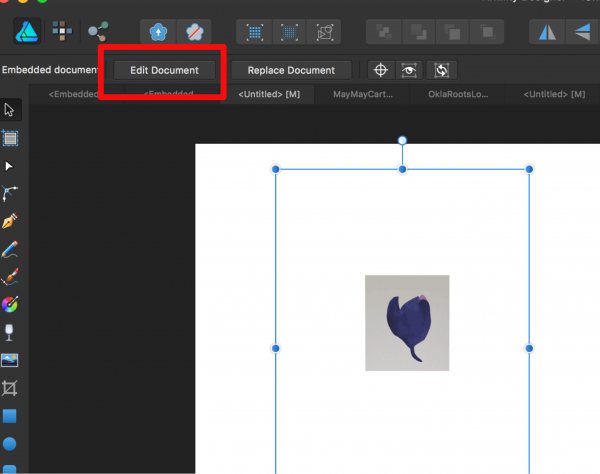

Flowed text now works when rendered in a web browser, which in previous Inkscape versions "was not compatible with browsers, and rendered as 'black boxes' or was just missing", the docs stated. Your rectangle already is in vector format, all you need to do is save it as an SVG. A powerful feature called variable font support lets you manipulate font properties with sliding scales, according to what is supported by that specific font. Other highlights include new palettes and gradients, alignment tools, simplified line height settings, and templates for different screen sizes. Some new features are aimed at those making technical drawings, including grid alignment, path length indicators, a tool to measure segments, and a Fillet/Chamfer tool for precise corner rounding. Pen support is improved with pressure-sensitive effects. In freestyle drawings you can mirror and rotate the canvas. There are many new or improved Live Path Effects, which apply transformations to existing drawing objects, and the user interface for this is updated, with a search option and the ability to mark specific effects as favourites. There are numerous new features, including a Trace Bitmap dialog that lets you convert bitmap images into vector drawings. The announcement noted: "This latest version is labelled as 'preview', which means that additional improvements are scheduled for the next versions." Bitmaps, transformations, palettes and font-work This is no longer required and Inkscape 1.0 is now a native macOS application – though it is not all good news. Previous releases for macOS required a compatibility component called XQuartz, which enables applications designed for the X windowing system to run on macOS Quartz, part of Apple's Core Graphics framework.
#INKSCAPE TRACE BITMAP NOT WORKING MAC FOR MAC#
Query the width of the object with id="text1555": inkscape filename.svg -query-width -query-id text1555ĭuplicate the object with id="path1555", rotate the duplicate 90ĭegrees, save SVG, and quit: inkscape filename.Inkscape 1.0 is most significant for Mac users. Values (to preserve pixel-alignment of objects and thus minimizeĪliasing): inkscape filename.svg -export-id=text1555 -export-png=text.png -export-area-snapĬonvert an Inkscape SVG document to plain SVG: inkscape filename1.svg -export-plain-svg=filename2.svgĬonvert an SVG document to EPS, converting all texts to paths: inkscape filename.svg -export-eps=filename.eps -export-text-to-path Snap the exported area outwards to the nearest whole SVG user unit Same, but use the default 90 dpi resolution, specify the filename, and
:max_bytes(150000):strip_icc()/SelectPathTraceBitmap-4c7dd5e8340d42469690d9d438a159e4.jpg)
Was exported from the GUI: inkscape filename.svg -export-id=text1555 -export-use-hints Page: inkscape filename.svg -export-png=filename.png -export-area-drawingĮxport to PNG the object with id="text1555", using the output filenameĪnd the resolution that were used for that object last time when it

Same, but export the drawing (bounding box of all objects), not the Same, but force the PNG file to be 600x400 pixels: inkscape filename.svg -export-png=filename.png -w600 -h400 SVG user unit translates to one bitmap pixel): inkscape filename.svg -export-png=filename.png Print an SVG file from the command line: inkscape filename.svg -p '| lpr'Įxport an SVG file into PNG with the default resolution of 90dpi (one Open an SVG file in the GUI: inkscape filename.svg It can be used for doing SVG processing on the command line as well. While obviously Inkscape is primarily intended as a GUI application, Using the command line to export works around the GUI issues, and it is fairly straightforward (it just means you need to know what your parameters are and type them out.) If you only had one such image to export, I would try:īut since you have over a dozen to export, may I recommend using the command line, as described below?.

I'm using 14.04, and I've had similar glitches, though not this particular one.


 0 kommentar(er)
0 kommentar(er)
